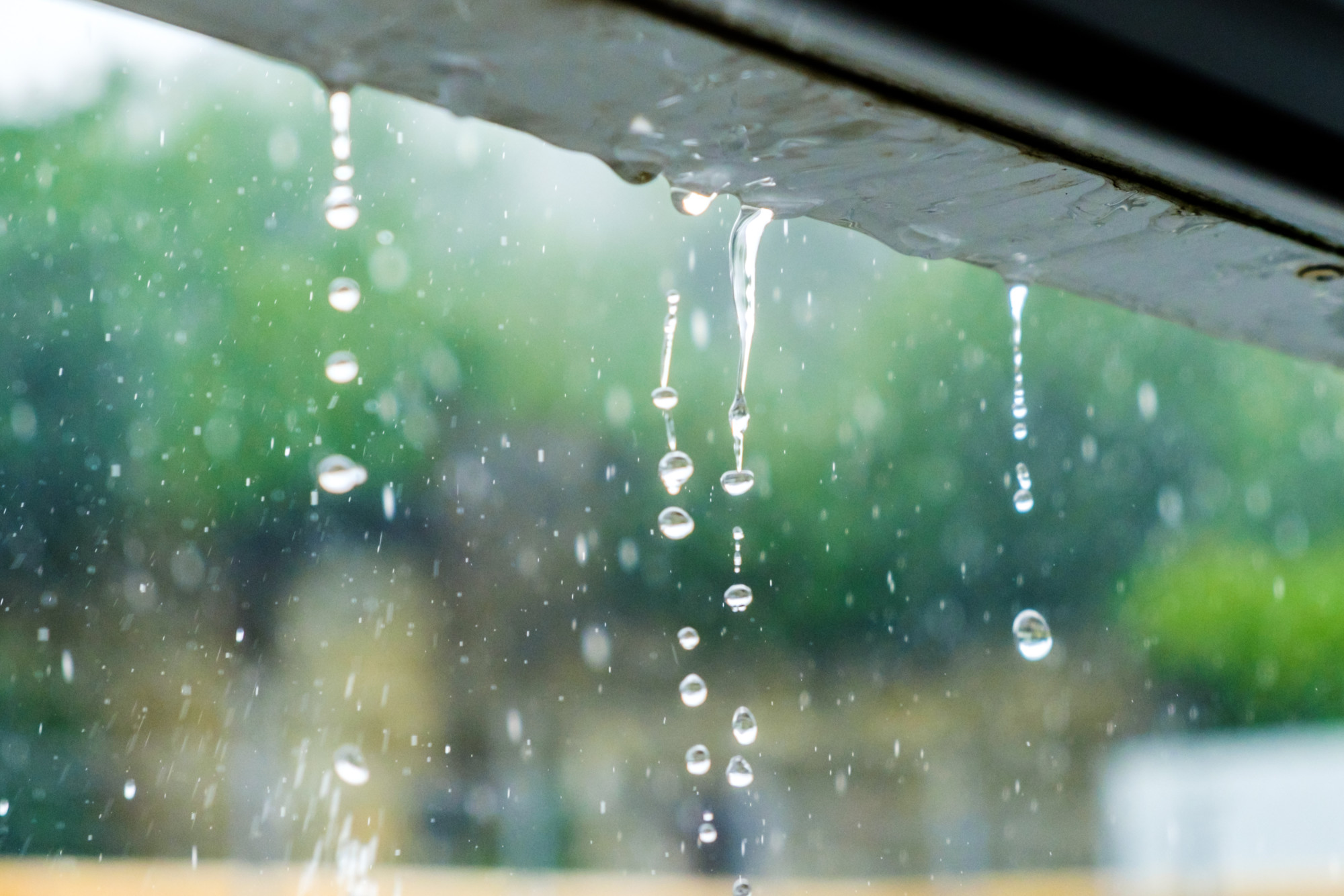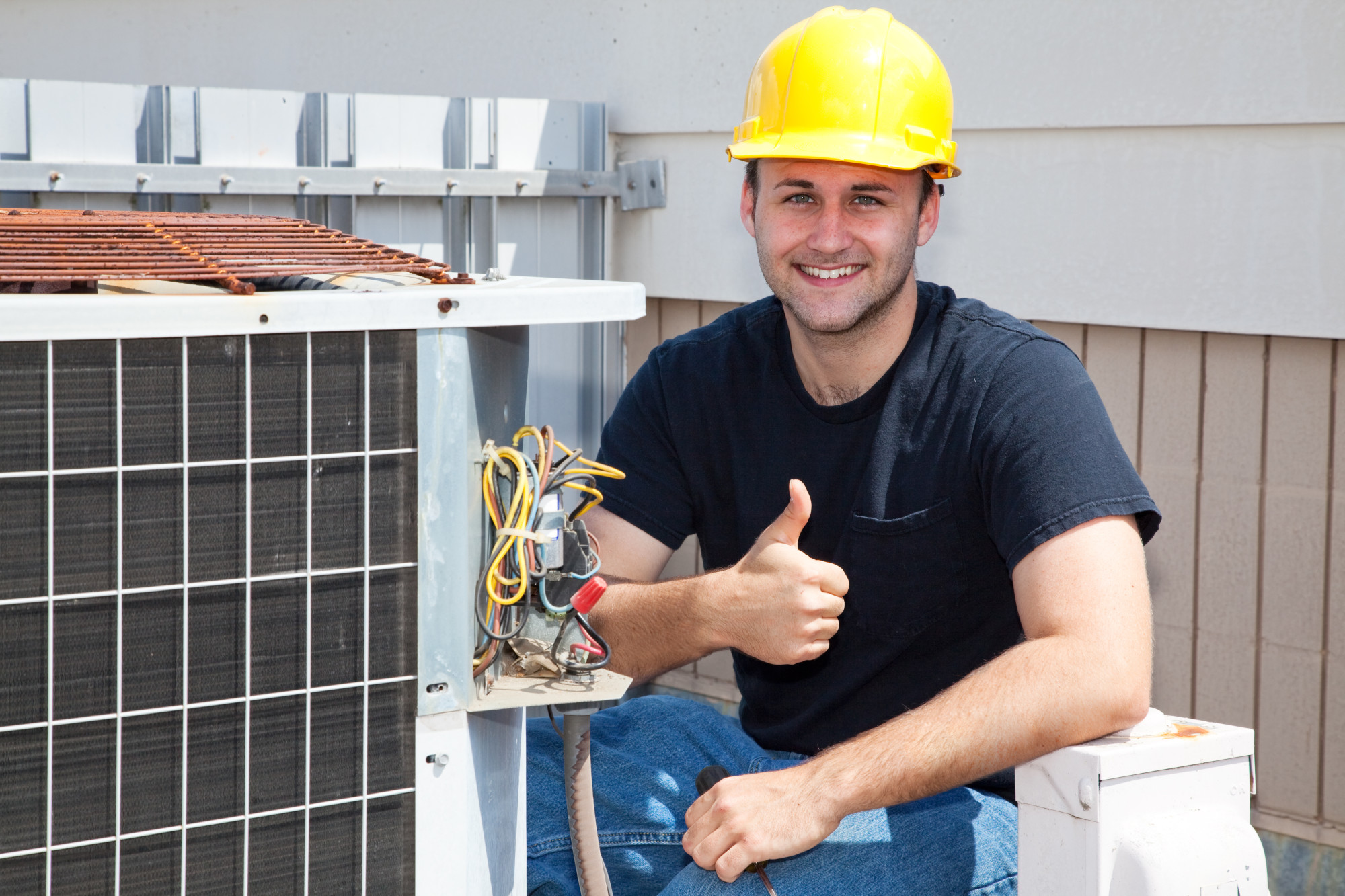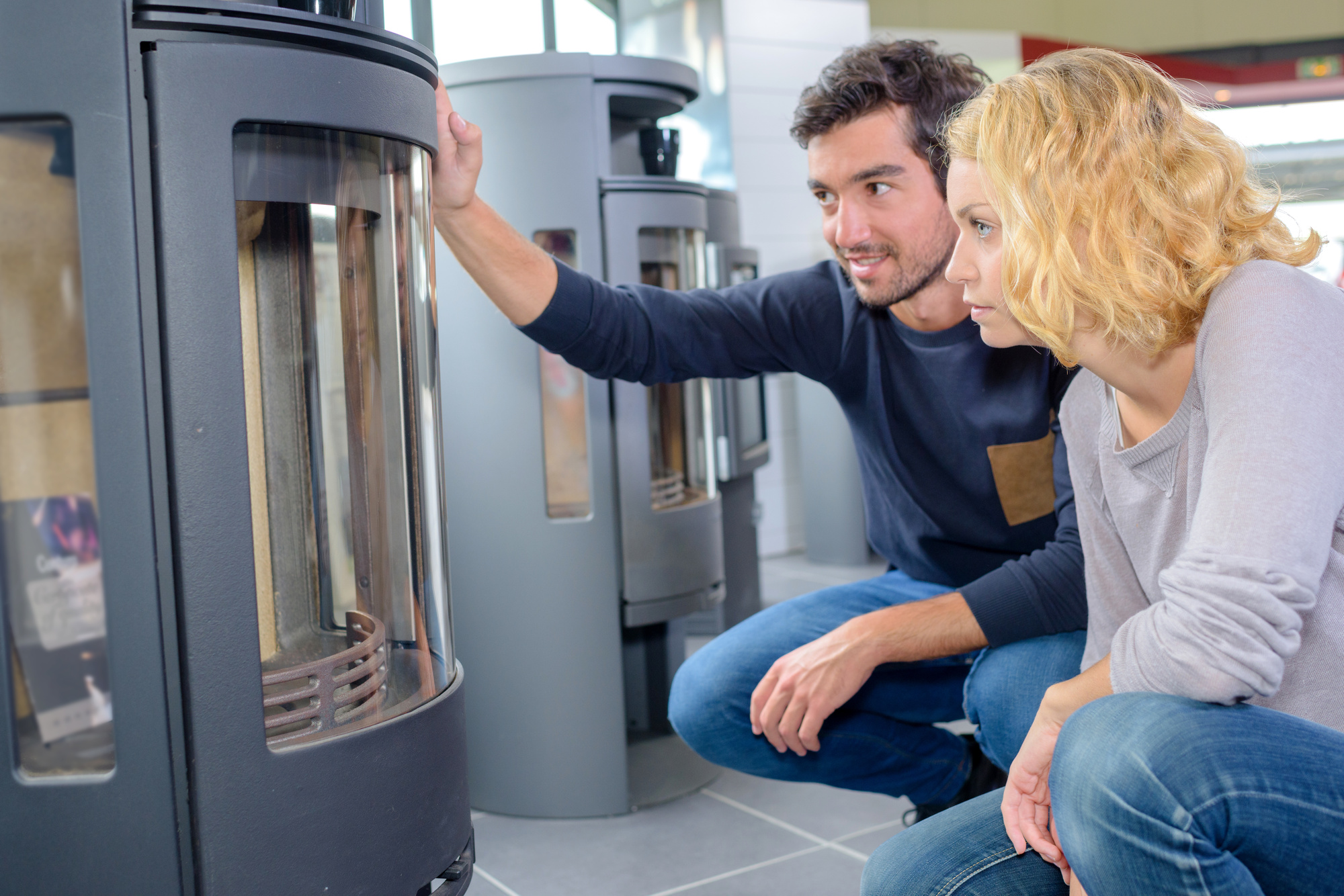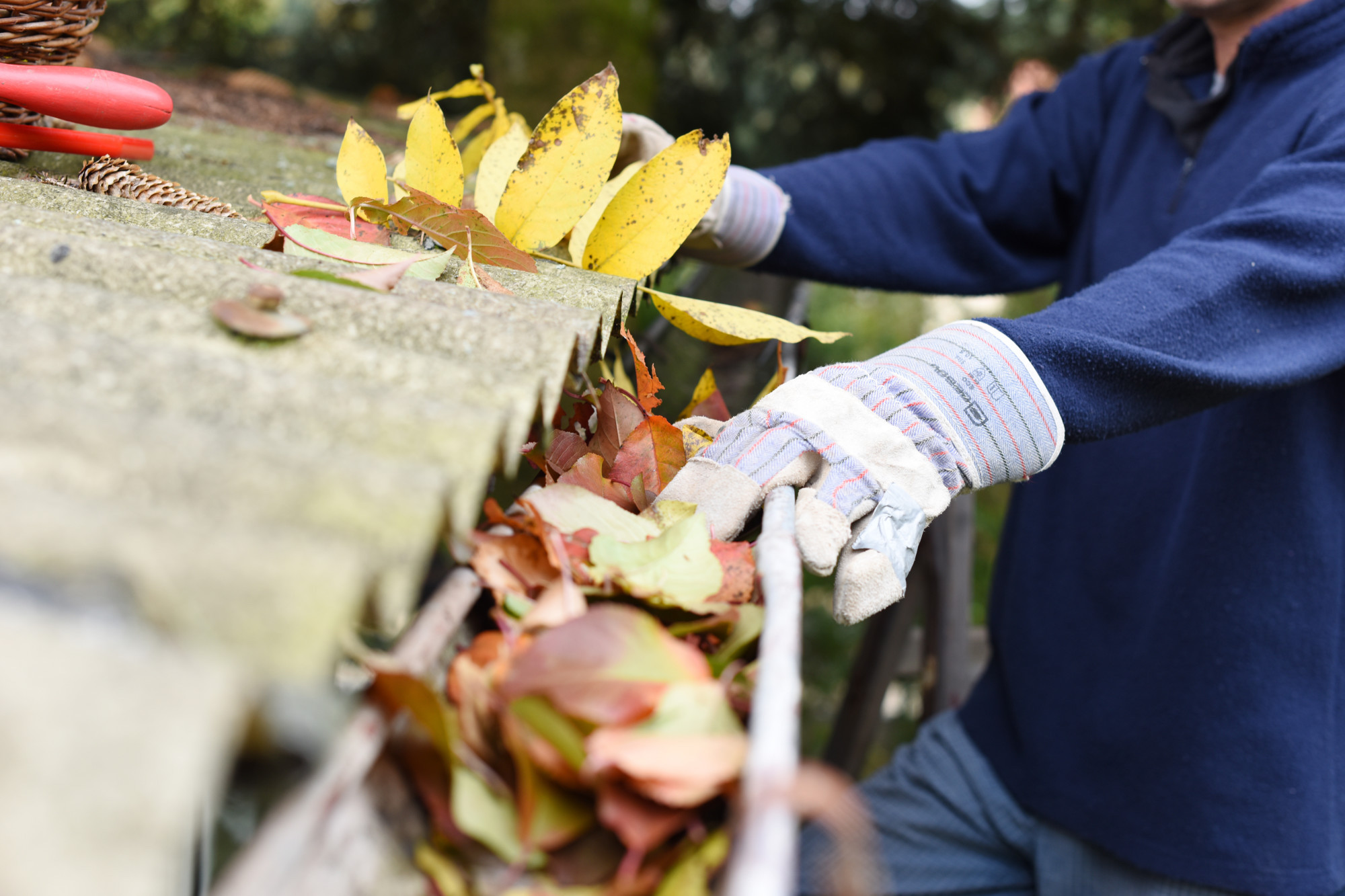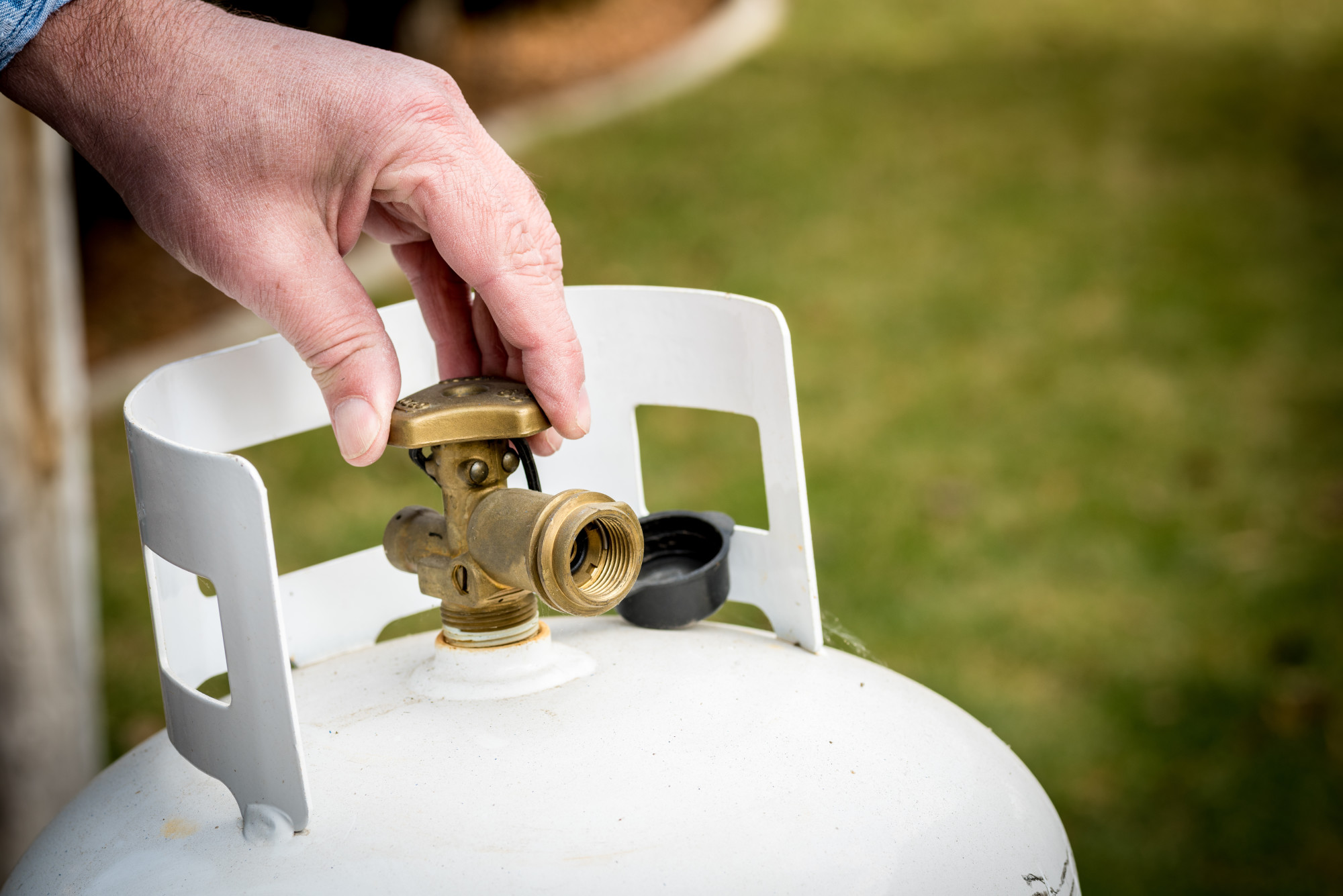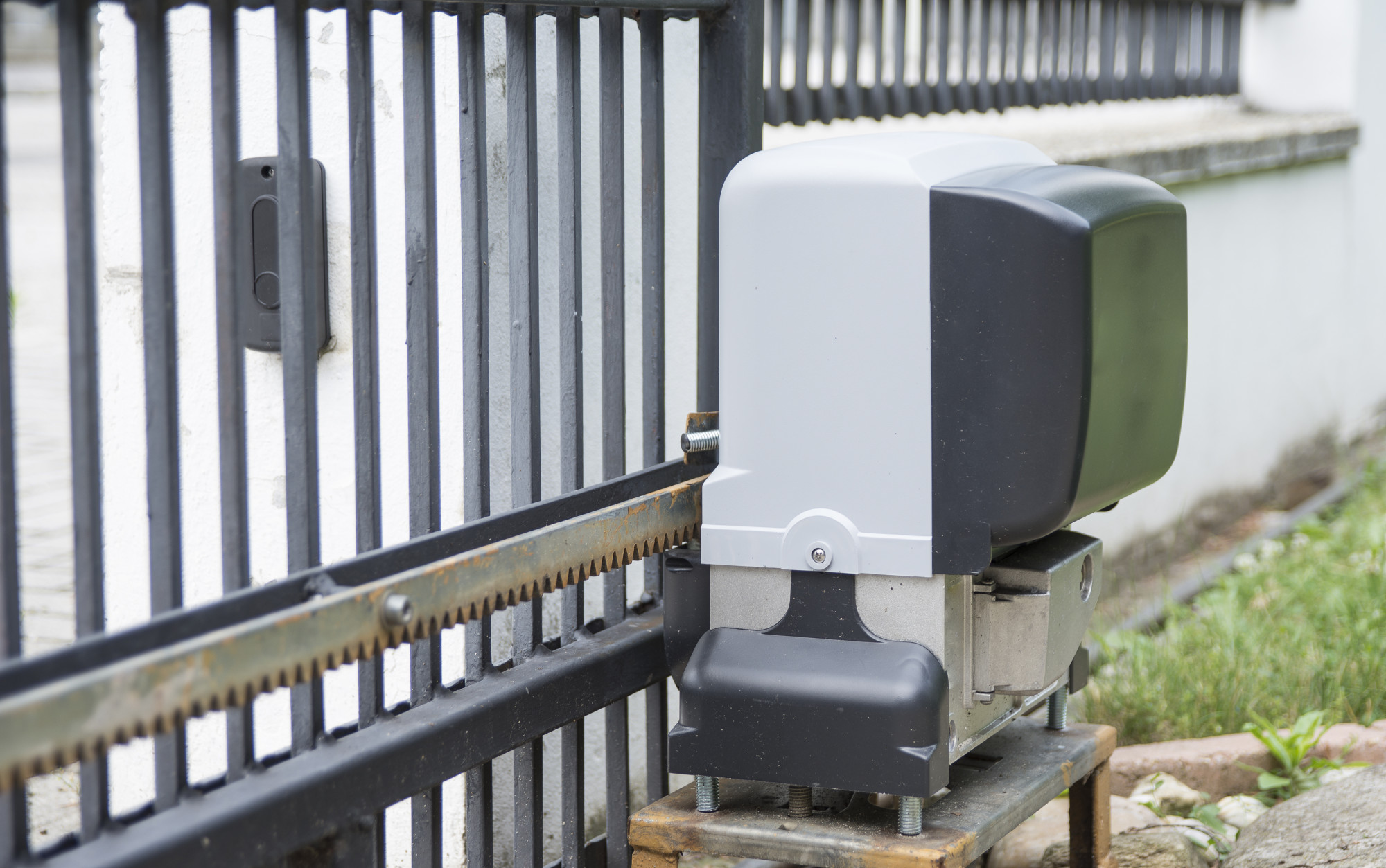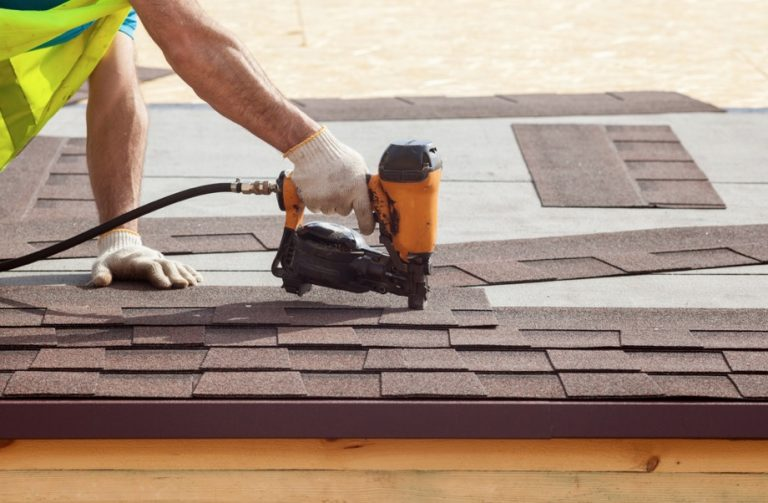
It’s a beautiful house and it’s in a wonderful neighborhood. The only apprehension is that you know that asphalt shingle roofs only last about 20 years and the owner says they redid the roofing about 17 years ago!
You know you can get a couple more years out of it before you need to replace the roof. But, you need to watch for warning signs that the roof is about to fail.
How can you tell when it’s time to replace the roof though? Keep reading for our top 5 telltale warning signs that you need a roof replacement.
1. Curling, Cracked, or Missing Shingles
One of the most obvious signs that you need a new roof is the condition of your shingles. If you’re missing shingles or if they have cracks or curl up at the edges, it’s time to tear the whole thing off and put in new shingles. If it looks like only a couple of the shingles are bad, then you may get away with replacing those ones for now.
2. Visible Holes
If you’re up in the attic on a sunny day and you see a beam of light shining right through, that’s a sign that you need to call a roofer for a roof repair ASAP! If light can get through your roof, so can the water molecules.
Make sure you’re hiring a skilled roofing company like freemangeneralcontracting.com so you know that they’ll get the repairs completed in a fast and professional way. You don’t want to have someone put a poor patch over the holes only to find that it made the leak worse!
3. It’s Time for a Roof Replacement
Even if your roof looks immaculate, time is a good indicator of when to replace that roof. Once your roof gets to between 20-25 years old, it’s time to replace it regardless of how it looks.
4. Greenery on the Roof
Social media would have you believe that growing moss and other green plants on your roof looks quaint and picturesque. What they don’t tell you is that it’s a real bad sign for the life expectancy of your roof!
Plants growing on your roof could show poor drainage in that area. Also, as plants grow, the roots do more damage to the roof as they dig around looking for nutrients!
5. Roof Sagging
Another warning sign is a sagging area of the roof. This is easiest to see if you take a few steps away from the house when you look at it. The roof shouldn’t bounce or give when you lean on it either.
Don’t Ignore a Leaky Roof or You’ll End Up With a Flood
Deciding when to replace your roof is hard. You want to get as much life out of the existing roof as possible, without waiting too long.
Keep these signs in mind and check your roof often. If you’re still unsure, have a professional do an inspection with you. They can even explain what they’re looking for.
We hope you enjoyed reading this article and that you learned about the 5 telltale warnings that you need a roof replacement. If you’re looking for more helpful articles about homes, finance, technology, and much more, check out the rest of our blog today!

